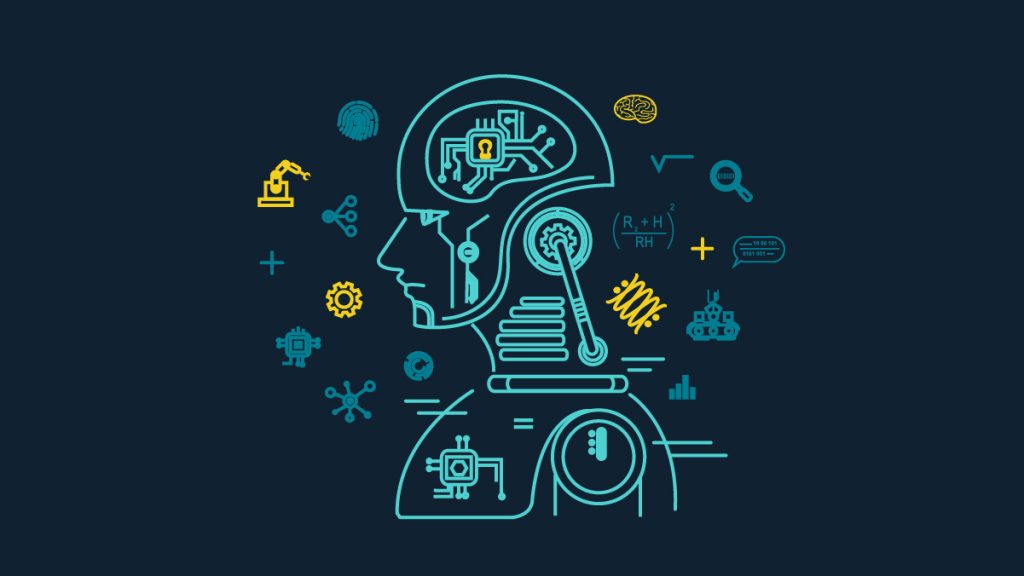
Machine learning has made strides in various fields. It has served as a method to catalyze work and promote efficiency. Including machine learning in your work operations can help reduce human error, automate mundane tasks, and increase safety. Organizations can implement machine learning techniques to help with data management. Categorical data in machine learning can elevate the work level while simplifying it.
Machine Learning Classification Technique
Classification is an algorithm that predicts a mapping function from various variables. It helps identify ordinary output variables, labels, or categories. Classification algorithms predict brands or varieties of the desired input variable. The classification machine learning technique supports both discrete and real-valued variables. It needs examples to be classified into two or more categories. Here are the three ways you can implement this technique.
Random forest classification
Firstly, we have the tree-based algorithm. This algorithm houses and set of decision trees, randomly selected from a “B” set derived from the main training set. A random forest classification algorithm stockpiles output from various decision trees to finally decide on an output prediction. Random forests are generally more accurate than single trees.
Decision tree classification
Moreover, machine learning can create a tree. Every node of this tree-like structure is a test case for a variable or needed data. Each branch represents a value of an attribute, helping you better structure data.
K-nearest Neighbor
Finally, the K-nearest neighbor is the machine learning type’s last categorical data. An algorithm acts on the premise that similar data exist close to each other. The algorithm spots such similarities and uses them to predict values of new data points. This technique aids you in categorizing data by grouping similar data points together according to their distance from each other. The key feature of this technique is to predict how likely it is for a data point to be within a specific group.
Regression Machine Learning
Regression algorithms are also a mapping function prediction tool, yet it predicts a constant value based on the input variables. Usually used to predict rain in certain areas, it is a tool best used when your target variable is a quantity. Three machine learning techniques are used to implement regression.
Linear Regression
Firstly, simple linear regression compresses a mapping function that reflects a linear relationship between a dependent, predictable variable and an independent one. For example, housing prices of an area are directly linked to the site. If you change the location, the costs will, in turn, change. And based on the new place, you will be able to predict the price of the house.
Multiple linear regression
Moreover, we have multiple linear regression. It consists of a relationship between various independent variables and one dependent variable. To give an example, we need to look at reviews of different restaurants. The outcome is dependable on the food, customer service, and ambiance. These multiple factors influence the review.
Polynomial regression
Finally, the polynomial regression maps the non-linear bond between the independent and dependent variables. The mapping is based on multiple layers of an independent variable, making the equation non-linear. Polynomial regression helps you predict non-linear outcomes.
The Dissimilarities Between Classification and Regression
Categorical data in machine learning houses both algorithms, but they pose many differences. These two machine learning techniques are used and applied in different scenarios. While regression helps predict continuous quantity, classification is limited to discrete class labels. Both algorithms overlap sometimes, but they are not the same.
Additionally, regression machine learning can predict almost infinite numbers of possible values based on various data. But on the other hand, classification is used to analyze and classify two outcomes. For example, is this email spam or not? The algorithm will go through the email, finding certain variables to detect one of two categories to sort the variable in.
Machine learning can implement some algorithms for both classification and regression. Using both algorithms requires minimal modifications, but decision trees and artificial neural networks. Yet others cannot smoothly use algorithms for both types. Classification prediction can be measured by accuracy, unlike regression prediction. And on the other hand, regression prediction can be measured by error, and classification cannot,
Concluding Thoughts
Categorical data in machine learning is a catalyst for your work efficiency. You can predict various equations via classification and regression in machine learning. The technology keeps expanding, and the switch to include more Artificial Intelligence and Machine learning is inevitable. Prepare for tomorrow, today. Start embracing machine learning to ensure you are not left behind when the transition entirely happens.
Inside Telecom provides you with an extensive list of content covering all aspects of the tech industry. Keep an eye on our AI section to stay informed and up-to-date with our daily articles.